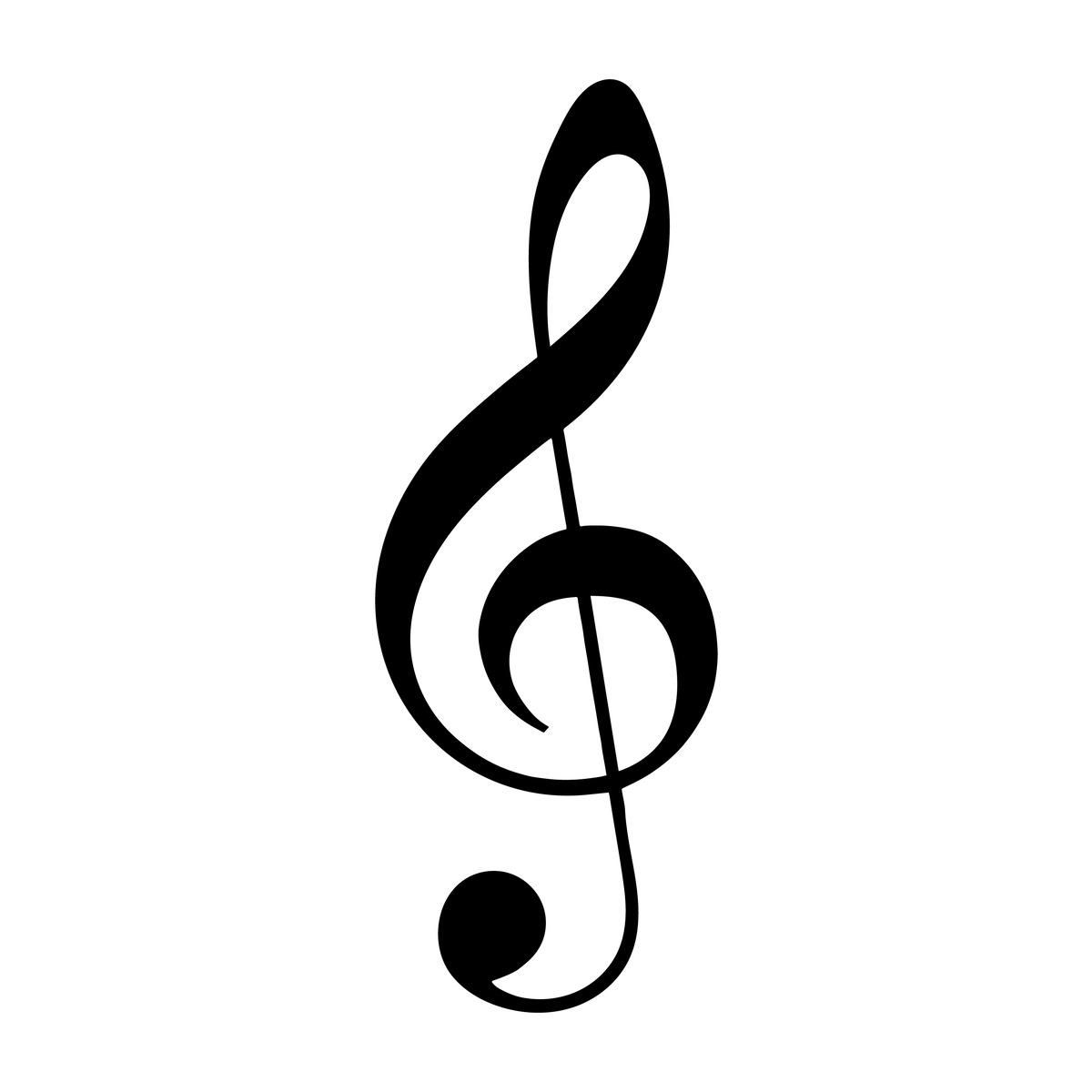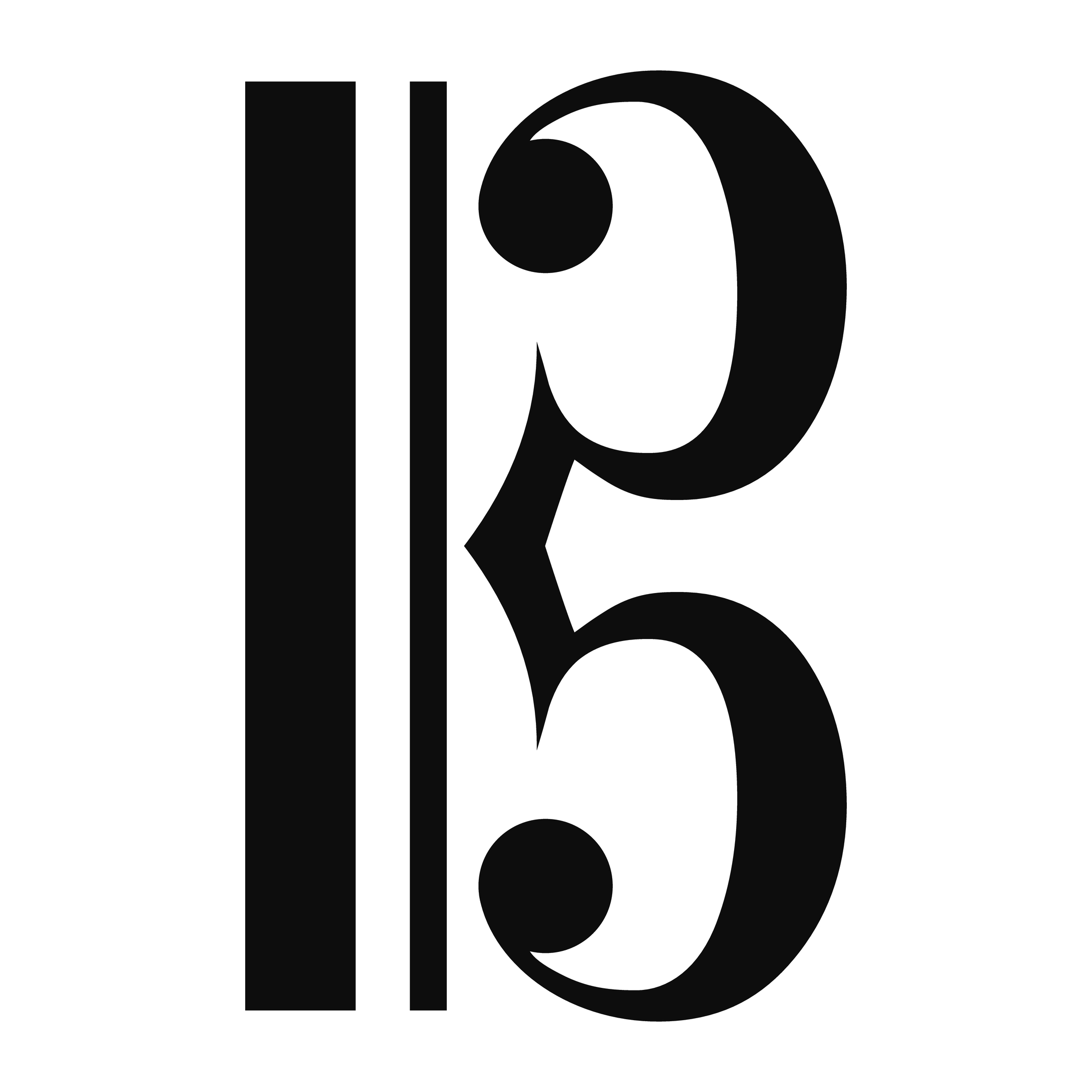Violas and violins are similar in appearance, and to someone who doesn’t play one of the instruments, they might be difficult to tell apart. Appearances aren’t everything, of course; although similar, violins and violas create incredibly different sounds.
We’re here to help you understand the differences between these two beautiful instruments. If you’re looking to join the orchestra or pick up a new hobby, we’ll help you decide which instrument you should pick.
Differences in Appearance
Violas and violins barely differ in color and shape, making it difficult to see the differences to someone who knows very little about these instruments. There are a few visual things that do set them apart, however.
Size
The size of the instrument is the easiest way to tell these instruments apart. The average viola measures 15 or 16 inches (38.1 or 40.64 centimeters) in length. The average violin measures 14 inches (35.56 centimeters).
Each instrument has various sizes, which adds to the confusion quite a bit. Violas can be as small as 12 inches (30.48 centimeters) for children and as large as 16.5 inches (41.91 centimeters) for adults. Violins can be as small as 9 inches (22.86 centimeters) for children, so those should be easy to point out among small violas.
If you sat your small viola next to a full-sized violin and can’t tell them apart, the next step is to take a look at the strings.
String Length and Thickness
Typical violas and violins will both have four strings. The viola’s strings are thicker than the violin’s since the viola has a deeper pitch. Since violas are bigger, their strings are longer. But, if you have to compare a small viola to a large violin, the thickness will be able to help you tell them apart.
You may see some instruments that have five or six strings. These are uncommon and are usually custom made or electric instruments. Both violins and violas can have additional strings, so they don’t serve as a way to tell the instruments apart.
Bows
The bows are also different from each other. Viola bows measure 29.33 inches (74.5 centimeters) and are heavier than violin bows. The part you hold in your hand, the frog, is rounded.
Violin bows measure about 29.52 inches (75 centimeters), are about ten grams lighter than viola bows, and the frog is pointed. When looking for differences between bows, remember that the violin bow is longer, lighter, and pointier.
Using the heavier viola bow on a violin could cause damage to the instrument, and using the lighter violin bow on the viola won’t produce the correct sounds.
Differences in Sound
The sound that each instrument makes is what really sets them apart. Once you’re able to hear the difference, you’ll easily be able to pick them out from each other, even if they’re playing together.
Range
Violas have a range of C3-A6. The violin, however, has a range of G3-A7.
The violin is higher pitched than the viola and can play a wider range of sounds. Violas play lower pitches, so it’s unable to play a lot of notes. Because of the limitations, violas are usually saved for background music, while violins are often put in the spotlight with solos and are responsible for carrying the melody.
The Fourth String
The viola and violin share three strings: G, D, and A. The viola’s fourth string is C, and the violin’s fourth is E. The difference is due to the instruments’ range capabilities. E is higher than C, so the violin has the E string since it can make higher notes.
The following two videos are a viola and violin playing Ode to Joy. Notice how much higher the pitch of the violin is compared to the viola.
Differences in Playing Music
The differences we’ve looked at so far can be spotted by people who don’t play either instrument, although it may take some practice to spot differences in sound. The major differences will only be noticed by musicians who play the instruments. From reading sheet music to fingering techniques, these similar instruments prove to be anything but similar.
If you play one of these instruments and are planning to learn the other, or you’re trying to decide which one you should learn to play, this section is incredibly important for you – even if you don’t quite understand some of it yet.
Clefs
Musical clefs are incredibly important for musicians. They’re symbols that are on the left of the staff that determines how the music notes are to be read. The bottom line in the treble clef is E, F in alto, G in bass, and D in tenor. Without a clef, the notes on the page could mean anything.
The clef is the biggest difference between violas and violins. They use different clefs, so sheet music for one won’t work for the other without translating it to the proper clef.
Treble Clef
The violin uses the treble clef, which is the most common one in the music world.

The treble clef is often considered to be the easiest clef to learn. Instruments that are common for children to learn at an early age, like the recorder, piano, and guitar, all use the treble clef. Clarinets, saxophones, horns, oboes, flutes, and trumpets also use the treble clef. Violin players can simply take sheet music for these instruments and play it with ease.
Alto Clef
The viola uses the alto clef which sets it apart not only from the violin, but from most other instruments, as well. Besides violas, the alto trombone and viola da gamba (an instrument that is similar to the cello) are the only other instruments that use this clef.

The use of the alto clef makes the viola a bit annoying to learn because you can’t readily play any kind of sheet music. When popular songs are translated to playable sheet music, it’s usually in the treble clef and rarely in the alto clef. Viola players have to find specific sheet music, which may feel like there are very limited options.
Technique
The technique required to play the two instruments varies quite a bit. Since the viola is larger, The movements you have to make with your fingers and the bow are larger than what you use for the violin. Because the viola is heavier, you have to press down on the strings with more pressure with your bow and fingers.
If you switch from the viola to the violin, you may apply too much pressure on the strings at first. The violin is much more delicate than the viola since it’s smaller and lighter. If you switch from the violin to the viola, you may find that the viola is more difficult to play simply because of how much pressure you have to apply.
Purpose
Violas and violins play incredibly different roles in an orchestra. Violas typically contribute to the background music with cellos while violins get to take the spotlight with the leading melody. Orchestras have two violin sections, one with 16-18 1st violins and the other with 16 2nd violins, and only 12 violas.
The beauty of musical instruments is that creativity allows musicians to work outside of the normal expectations. While violinists get all the attention and sheet music, violists don’t have to sit in the shadows. With enough practice, a violist can turn any violin song into a viola song.
Don’t think that the viola isn’t worth playing because it’s saved for the background. Every instrument has an important role in an orchestra. Without the viola, something would be missing, although the audience might not be able to figure out what exactly is missing.
Choosing Between the Violin and Viola
If you’re itching to tuck an instrument under your chin but aren’t sure which one is right for you, you can find out with a simple “personality quiz.”
Do You Seek Attention?
You may be able to name a violinist or two, but can you name a violist? Violins can be heard in many popular music genres, but that can’t really be said for the viola.
If you seek attention or want your talent to be noticed, you may want to try the violin. It’s easier to get violin solos, and you can even break into the world of pop, like Lindsey Stirling.
If you don’t mind contributing to the bigger picture and being a bit underappreciated, the viola is for you. Violas are part of the backbone of the symphony – the audience may not be able to pick you out directly, but they’d certainly miss you if you weren’t there.
Can You Handle the Pressure?
We don’t mean the crushing pressure of fame; we’re referring to the pressure you have to place on the viola. It’s not so much pressure that a practice session will bring you to tears, but it is at least more than the violin requires.
The viola is heavier and larger than the violin, so that’s another thing to consider. Fortunately, they make several sizes of violas, so if you’re worried about it being too heavy, there’s probably a smaller size you can use that will be more comfortable.
What Is Your End Goal?
Why are you considering learning one of these instruments? If you’re looking for a permanent spot in an orchestra, the viola is the better option because there are fewer viola players than there are violin players. You’ll be more likely to find a seat and you won’t have to battle other violists for the spotlight.
If you’re looking for solo acts or more opportunities to be in an orchestra, the violin will be the better option. Orchestras usually have twice as many violins than violas, so there will be more chances for you to find a seat.
However, there are more violin players that will be looking for the same opportunities as you. So while the number of opportunities is bigger than that of the viola’s, the actual chance you have is a bit smaller.
Is It Just for Fun?
If you’re looking to learn a new instrument just for the fun of it, the decision will come down to the following factors:
- Sound: Do you like the high pitched tones of the violin, or the smooth and deep tones of the viola?
- Weight: The viola’s weight deters many people from learning it. Violins are much easier to handle.
- Technique: Violins are considered to be more difficult to learn because of the techniques involved, but you do get the advantage of treble clef music. Violas are considered to be easier to learn in terms of technique, but the alto clef isn’t used by many other instruments.
If you think your hobby might lead to something more, consider the other factors. Otherwise, you should choose whichever you think will make you happy. Remember, once you learn one instrument, you’ll be able to learn the other, even though there will be a bit of a learning curve.
Final Thoughts
Violas and violins appear to be similar, but they do have their visual differences. It’s the sound and sheet music that makes them stand out from each other. Each one has significant roles in an orchestra, and you don’t always see one without the other.
